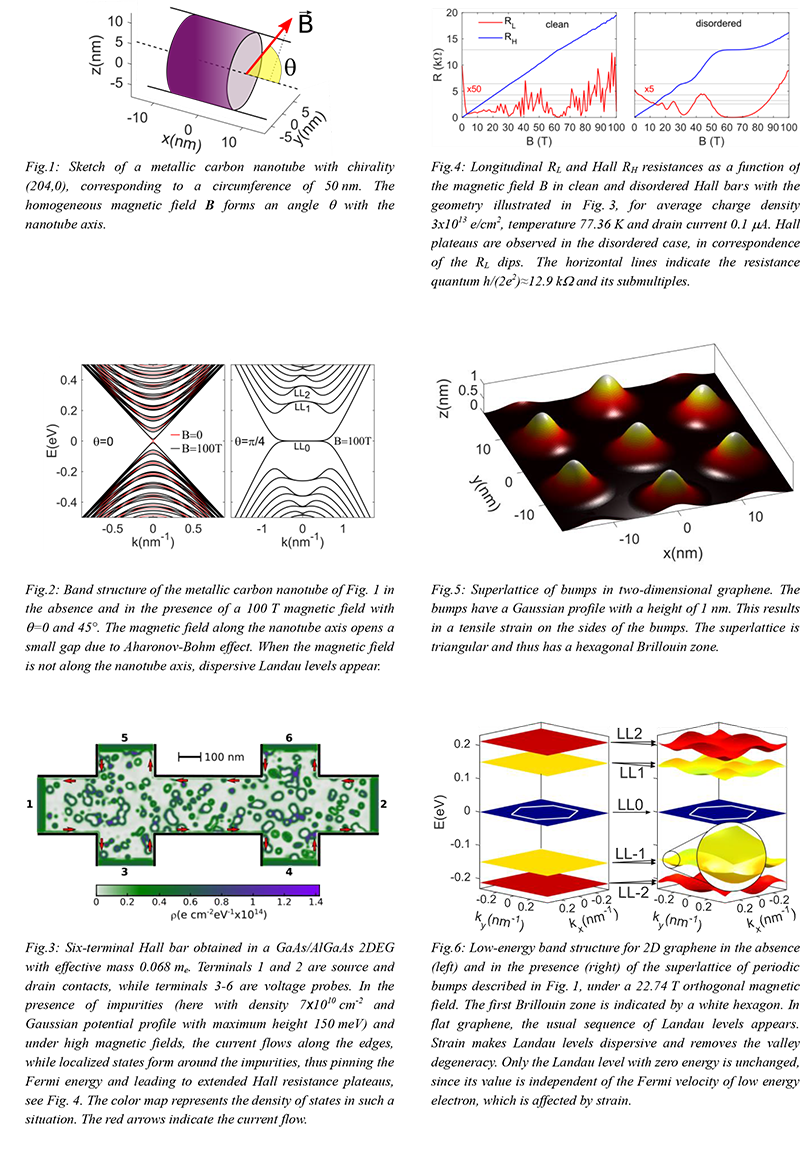IWCN 2021: A Practical Peierls Phase Recipe for Periodic Atomistic Systems Under Magnetic Fields
IWCN 2021: A Practical Peierls Phase Recipe for Periodic Atomistic Systems Under Magnetic Fields
-
 1. A practical Peierls phase reci…
0
00:00/00:00
1. A practical Peierls phase reci…
0
00:00/00:00 -
 2. Plan of the presentation
11.344678011344678
00:00/00:00
2. Plan of the presentation
11.344678011344678
00:00/00:00 -
 3. Tight-binding-like Hamiltonian…
37.470804137470807
00:00/00:00
3. Tight-binding-like Hamiltonian…
37.470804137470807
00:00/00:00 -
 4. The problem of periodicity
101.93526860193528
00:00/00:00
4. The problem of periodicity
101.93526860193528
00:00/00:00 -
 5. Periodic 2D system
134.1675008341675
00:00/00:00
5. Periodic 2D system
134.1675008341675
00:00/00:00 -
 6. Periodic 2D system
219.85318651985318
00:00/00:00
6. Periodic 2D system
219.85318651985318
00:00/00:00 -
 7. Periodic 2D system
262.72939606272939
00:00/00:00
7. Periodic 2D system
262.72939606272939
00:00/00:00 -
 8. Periodic 2D system
341.74174174174175
00:00/00:00
8. Periodic 2D system
341.74174174174175
00:00/00:00 -
 9. Periodic 2D system
399.13246579913249
00:00/00:00
9. Periodic 2D system
399.13246579913249
00:00/00:00 -
 10. Periodic 2D system
433.46680013346679
00:00/00:00
10. Periodic 2D system
433.46680013346679
00:00/00:00 -
 11. Example of a quasi 1D system: …
458.72539205872539
00:00/00:00
11. Example of a quasi 1D system: …
458.72539205872539
00:00/00:00 -
 12. Conclusion
546.8134801468135
00:00/00:00
12. Conclusion
546.8134801468135
00:00/00:00
































